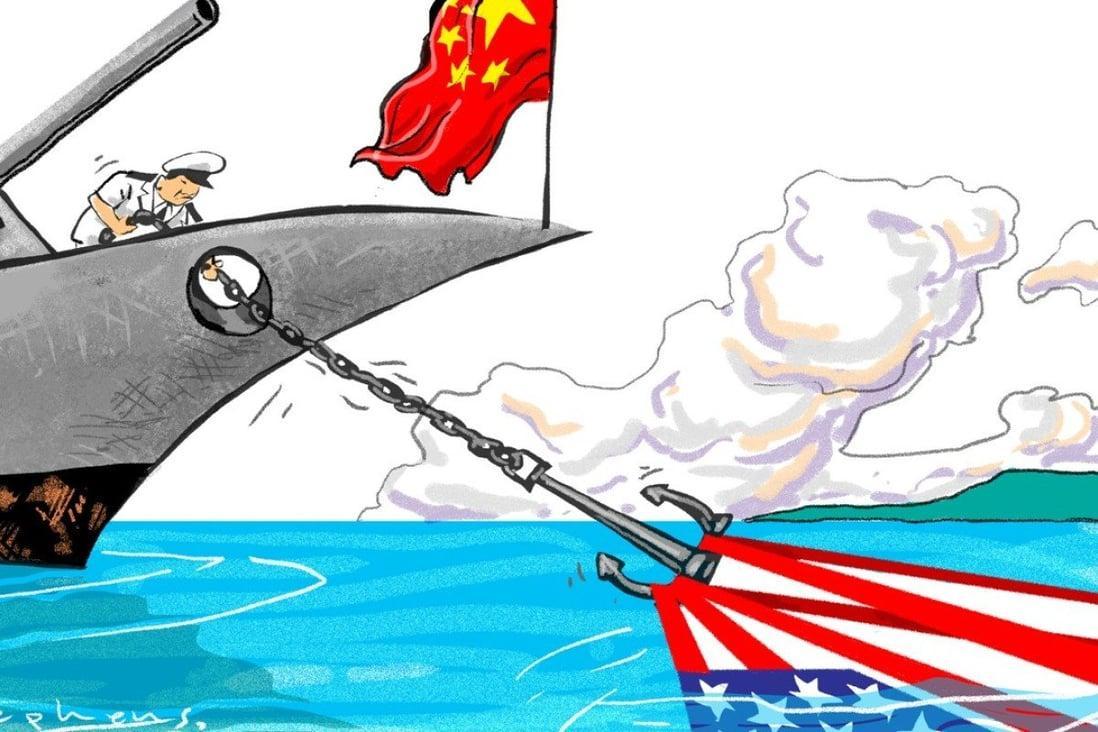
U.S. elites have predictably reacted with hysteria to China’s rise and could go so far as to provoke a world war to try to salvage their Southeast Asia empire—as the Roosevelt administration did with Japan on the eve of Pearl Harbor.
From 1991 to 2021 China achieved ten-fold growth in incomes and labor productivity, and a thirteen-fold increase in GDP—largely because of sound economic policies.
The country’s growing economic as well as technological primacy placed it in an increasingly strong position to create an East Asian economic and possibly a security bloc to pull Asian states out of their dependence on the West.
The former was in the process of being achieved with a) China’s creation of the Asian Infrastructure Investment Bank (AIIB), which provided loans to other Southeast Asian countries without the same stipulations as those meted out by the International Monetary Fund (IMF) and World Bank; and b) the advent beginning in 2013 of the One Belt-One Road Initiative (BRI), which has invested massively in infrastructural development projects in many different countries that are designed to tether their economies to that of China.
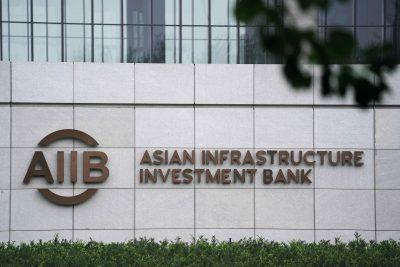
A.B. Abrams[1] points out in the new revised edition of his book, Power and Primacy: A History of Western Intervention in the Asia-Pacific (New York: Peter Lang, 2022), that China is poised to achieve by cooperation in the next decade what Japan set out to achieve by coercion in the first three decades of the 20th century—the creation of a Southeast Asia power bloc capable of resisting Western empires that have ravaged Southeast Asia since the 16th century.
Predictably, U.S. elites have reacted to China’s rise not too differently than they did Japan’s—through a campaign of demonization and large-scale military buildup in the Asia Pacific along with the institution of economic warfare that threatens the outbreak of another world war.
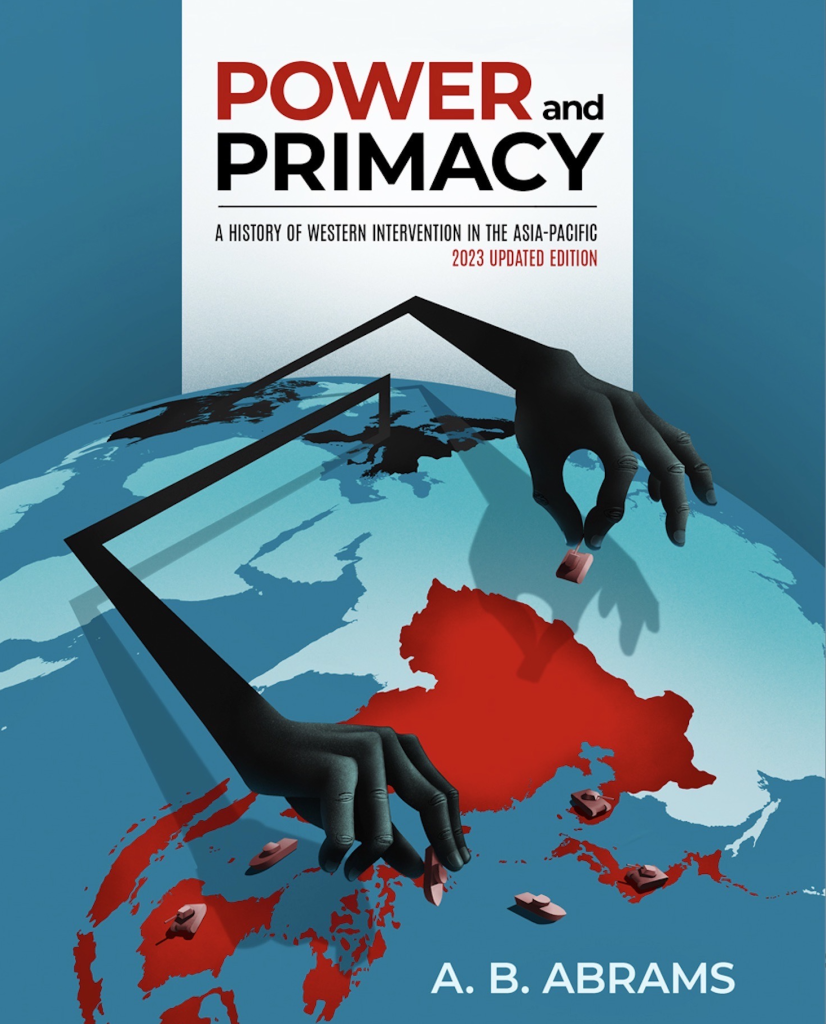
Japan’s Empire Threatens to Undermine Western Primacy in Southeast Asia
Abrams provides a revisionist history of the Japanese empire at the turn of the 20th century that challenges the orthodox interpretation presenting Japanese leaders in the 1930s and 1940s as morally equivalent to Nazis and that blames Japan for the outbreak of World War II in the Pacific.
While the Japanese overreached and committed unconscionable atrocities, like in the Rape of Nanking, Japan’s Greater Co-Prosperity sphere—in which Japan colonized Taiwan and Korea and made moves to try to take over European colonies—provided a counterweight and challenge to Western imperialism and inspired Asian nationalists to overthrow the yoke of Western colonial rule.
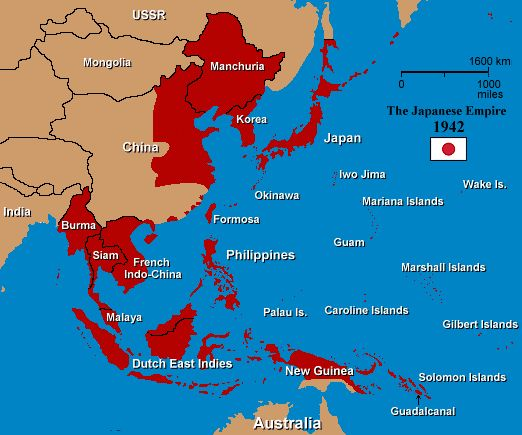
Historian Eri Hotta attributed the independence of Vietnam, Indonesia, Malaysia, Singapore, the Philippines, Korea and Cambodia after World War II to the “psychological impact of Japanese victories over Western empires,” which had “defeated the idea of European supremacy” while “delegitimizing Western imperialism in the eyes of the Asian people.”
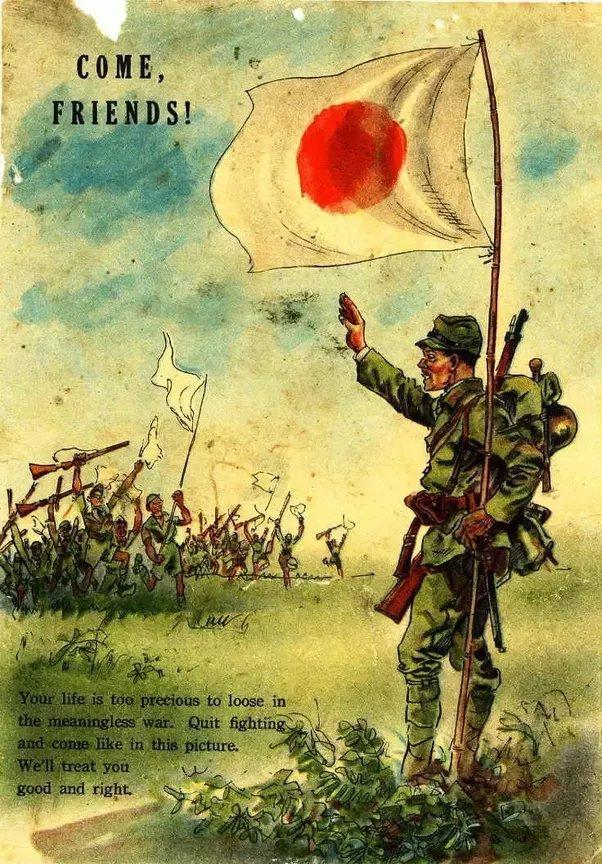
Japan had escaped the fate of other Southeast Asian countries in the 17th, 18th and 19th centuries by adopting a strict policy of isolation under the Tokugawa Bakufu and successfully industrialized its economy following the Meiji restoration in the late 1860s while building a formidable military that defeated Russia in the 1905 Russo-Japanese War.
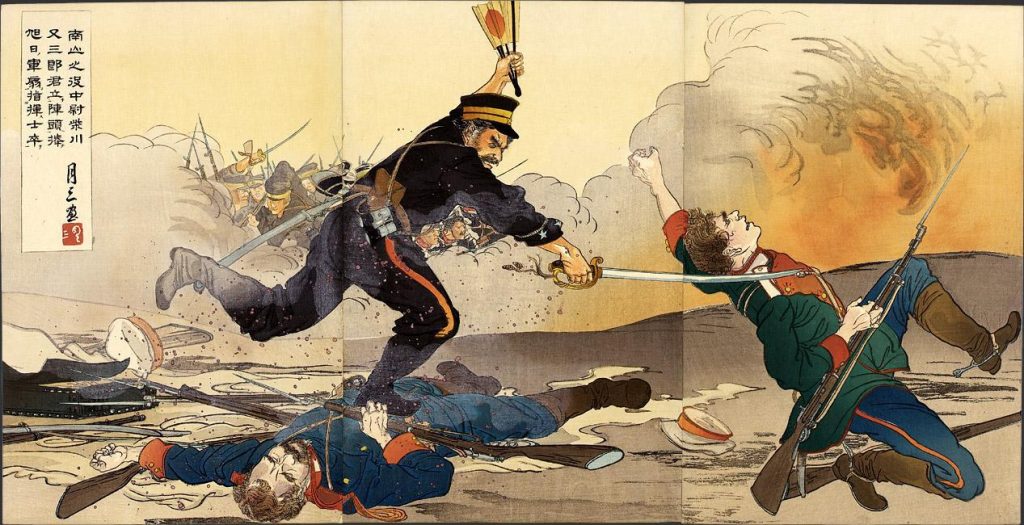
Beginning in the early 20th century, Japan’s leaders saw the need for an empire of their own that could lead a new Asian renaissance. While political freedom was largely stifled, Taiwan and Korea experienced significant economic gains under Japanese rule marked by extensive industrialization and infrastructural development.
According to Abrams, the discrepancy in industrial development between Japanese and Western controlled territories in East Asia was tremendous, with Manchuria’s steel output coming to eclipse that of Japan itself.
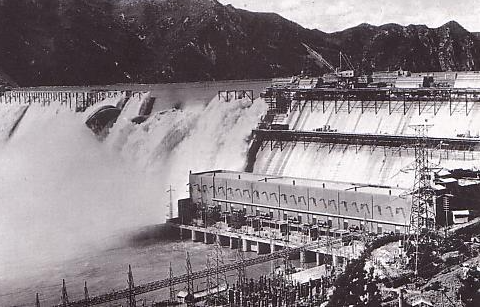
Japanese industrialization of the wider Southeast Asia region posed an imminent threat to Western interests by “ending the vast disparity between the industrialized west and the underdeveloped, non-western world.”
The Roosevelt administration responded by instituting a large-scale naval build-up in the Asia Pacific, along with a crippling oil embargo on Japan while banning steel exports, which it was known would lead to war.

Pacific War As Brutal Race War
Seen in proper historical context, the Pacific War was a war for empire, which resulted in the destruction of the U.S.’s imperial rival in the Asia-Pacific.
Charles Lindbergh, the famed aviator and member of the anti-interventionist America First Committee, wrote in 1969 that “more than a generation after the war’s end, our occupying armies still must occupy, and the world has not been made safe for democracy and freedom.”[2]
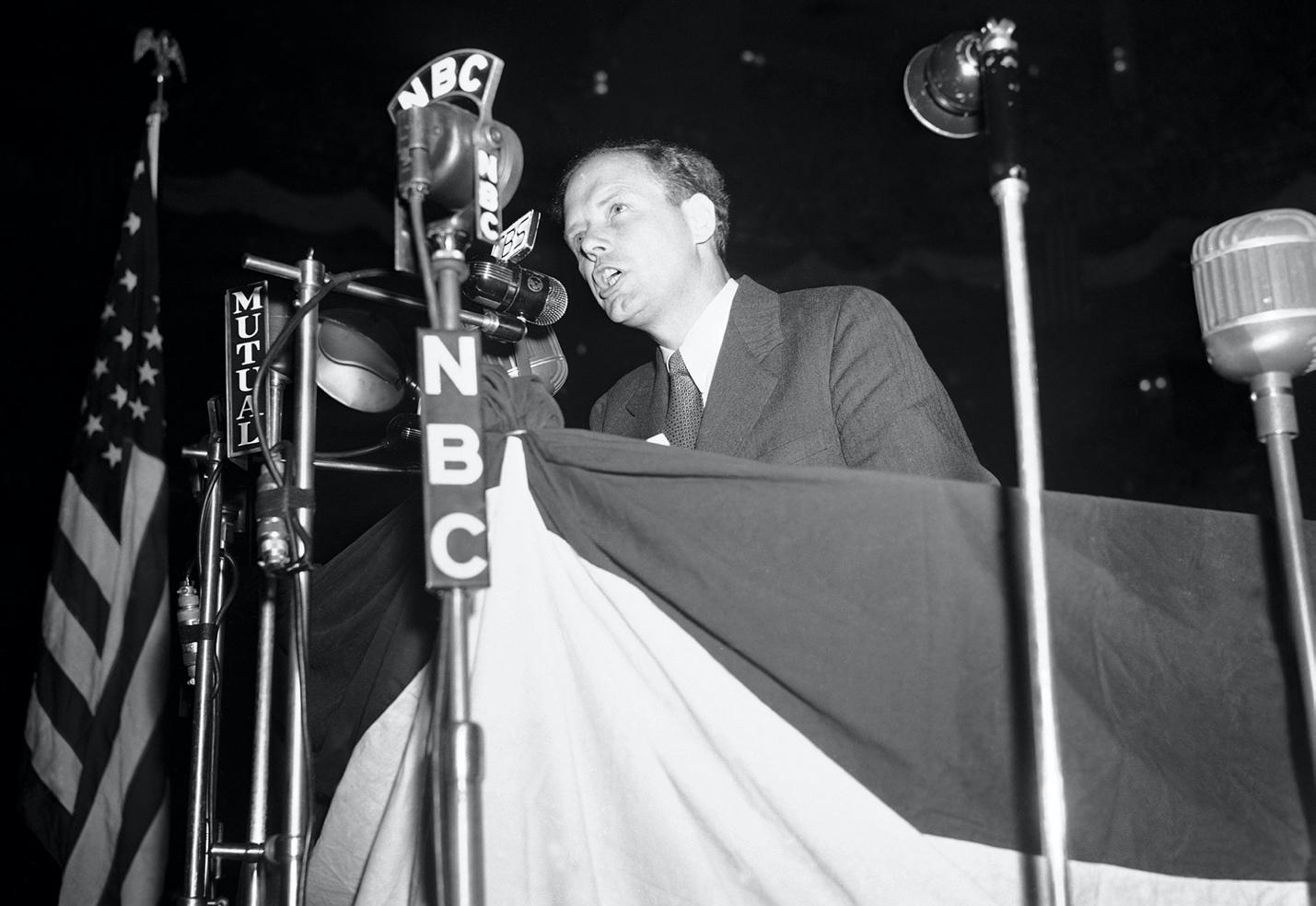
The thorough dehumanization of the Japanese during the war was epitomized by a U.S. Navy film which described them as “snarling rats.” Life magazine’s picture of the week in May 1944 showed a woman with a Japanese skull from her boyfriend autographed by him and thirteen others and inscribed: “This is a good Jap—a dead one picked up on the New Guinea beach.”[3]

During the firebombing of Tokyo in March 1945, the U.S. Air Force dropped half a million incendiary cylinders in one night alone, destroying the homes of 372,000 Japanese families and killing as many as 200,000 people, mostly from burning or asphyxiation. The huge number of bodies stopped the Sumida River entirely like some “hideous, grotesque beaver dam,” according to an eyewitness.
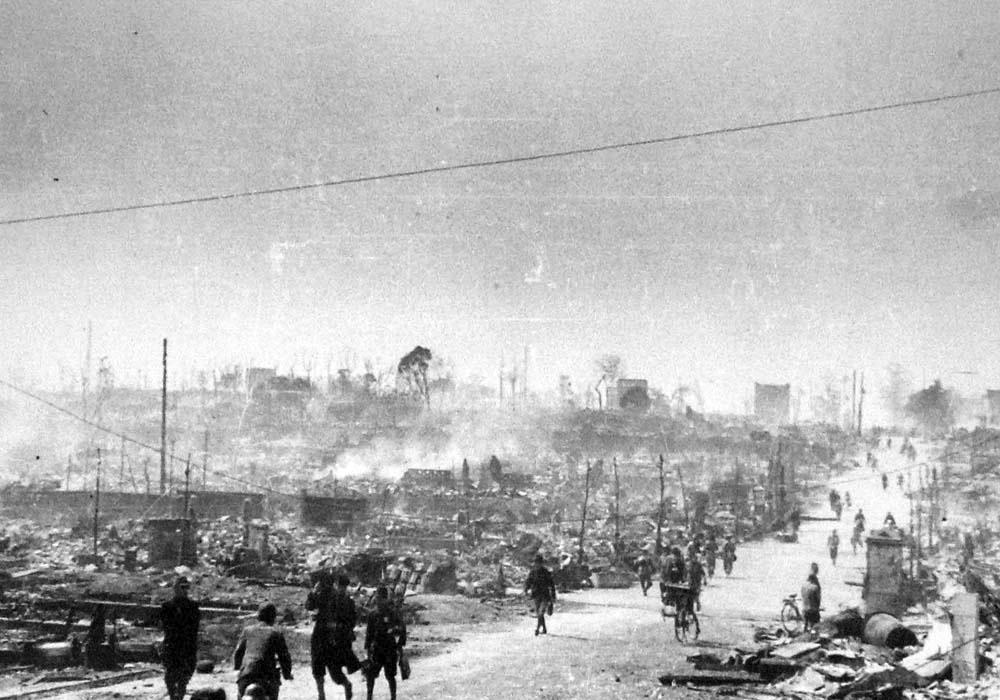
A U.S. Army intelligence officer, Colonel Harry F. Cunningham, reported that “the entire population of Japan is properly a military target…there are no civilians. In Japan, we intend to seek out and destroy the enemy wherever he is, in the greatest possible numbers, in the shortest possible time.”
The violence in the Pacific War culminated with the dropping of the two atomic bombs over Hiroshima and Nagasaki which were unnecessary for the U.S. to win the war, but sent a signal to the Soviets not to mess with the boss of the new world order.
After the war, Japan evolved into a key U.S. client state hosting U.S. military bases that were used as launching pads for aggression across Southeast Asia.
During the U.S. military occupation of Japan from 1945 to 1952, General Douglas MacArthur, head of the Supreme Command of the Allied Powers (SCAP), carefully vetted all the political candidates in elections that were rigged to favor the pro-U.S. Liberal Democratic Party (LDP).[4] Journalist Robert Smith concluded that Japan at the time was “about as far from a democracy as could be conceived short of putting power back in the hands of the shoguns [the military rulers of Japan until 1861].”

In 1983, Japanese Prime Minister Yasuhiro Nakasone referred to Japan as “America’s unsinkable aircraft carrier in the Pacific.” The region had been transformed since the end of the Pacific War into what General MacArthur termed an “Anglo-Saxon lake”—a most dramatic transformation from the 1930s when Japan had challenged Western primacy.
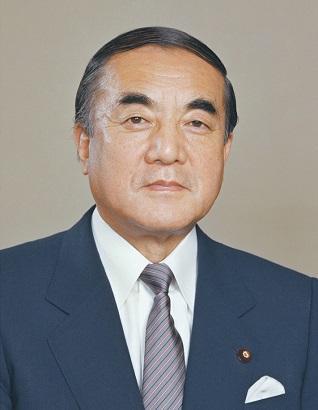
Thirty-Year War to Destroy the People’s Republic
With Japan functioning as a U.S. client state, Abrams points out that the banner of resistance to empire in Southeast Asia was picked up by communist China following the 1949 victory of the People’s Liberation Army (PLA) led by Mao Zedong in China’s civil war.
The United States during the civil war provided approximately $2 billion in military assistance to nationalist Guomindang leader Chiang Kai-Shek, who had split from the Maoists in the 1920s.
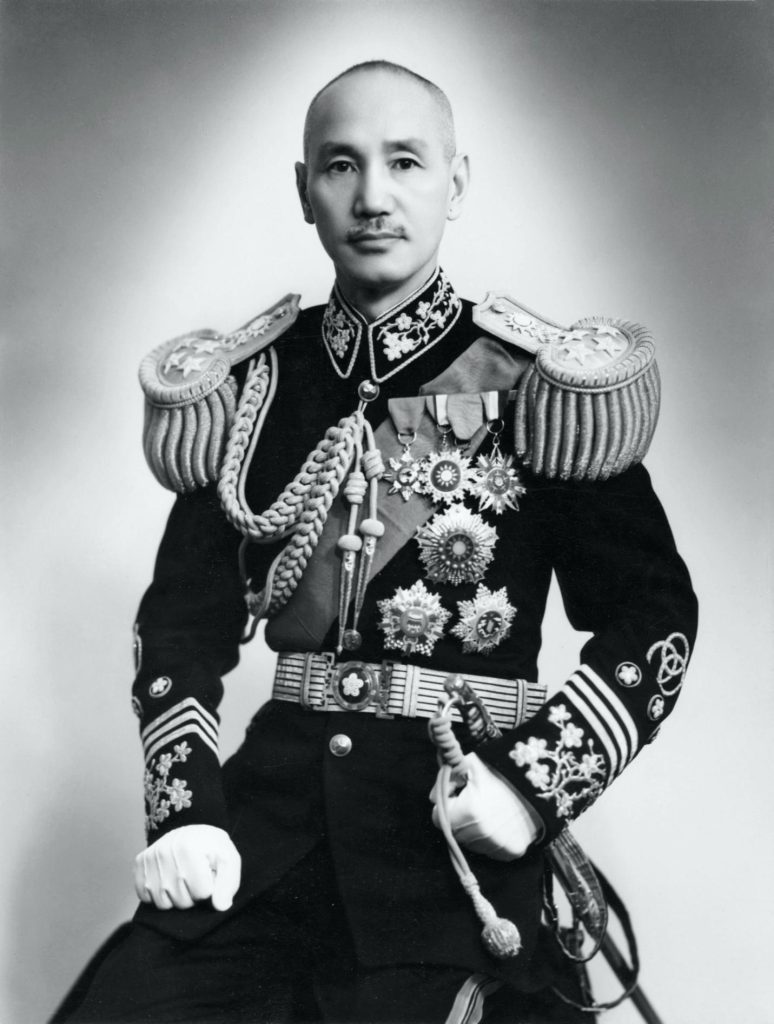
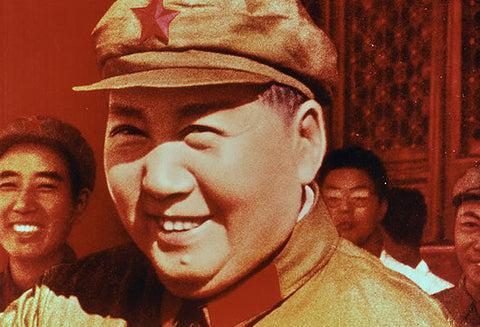
U.S. military forces bombed PLA strongholds and carried out severe reprisals against communist guerrillas who had sunk deep roots among the local population.

General David Barr, head of the U.S. military mission in China, concluded that the Guomindang’s defeat, despite marked superiority in all types of equipment, was the result of the “world’s worst leadership,” “widespread dishonesty and corruption in the armed forces,” and “many other morale destroying factors that led to a complete loss of will to fight.”
The communists under Mao’s leadership by contrast had worked to increase the living standards of China’s peasants and built a reputation for honesty, having transformed themselves into “China’s most dynamic political force.”
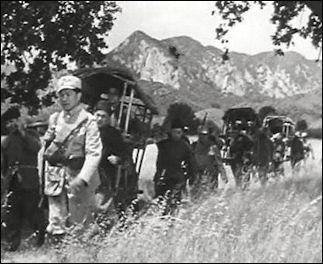
In the summer of 1949, the GMD leadership fled to Taiwan, taking numerous national and artistic treasures and China’s gold reserves with them.
Massacres carried out against the local population resulted in the death of at least 28,000 Taiwanese. Americans present in Taiwan equated the imposition of Guomindang rule with having “put all Formosans [Taiwanese] into slavery.”
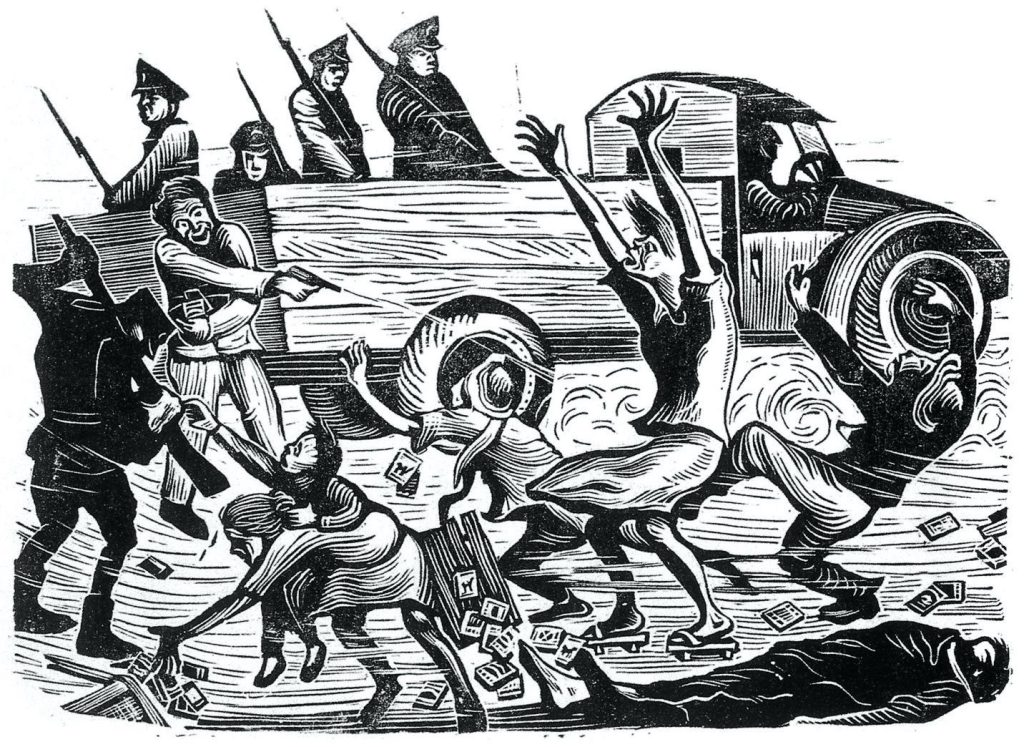

CIA agent Ralph McGehee, who worked at the CIA station in Taiwan, stated that the CIA trained and equipped Special Forces in Taiwan who were dropped onto the Chinese mainland with instructions to develop resistance movements, carry out sabotage and psychological warfare operations, and gather intelligence on the Chinese Communist Party (CCP).
The CIA at the same time began training remnants of the Guomindang in Myanmar (Burma) to mount incursions into Chinese territory, with weapons being flown into jungle airstrips built by U.S. engineers throughout Thailand.
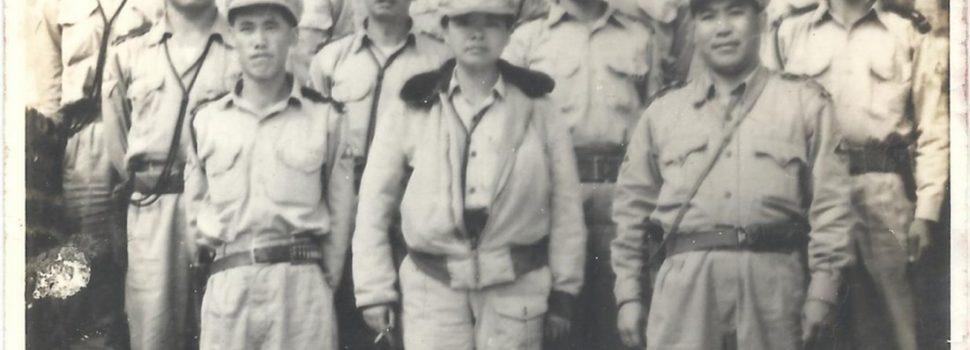
The secret operations—funded in part through opium and which contributed to Myanmar’s destabilization— were exposed when two CIA agents, John Downey and Richard Fecteau were shot down while trying to smuggle arms and other military supplies into China in 1952 (they were released from captivity only in December 1971).[5]
From April 1951 through 1952 alone, the CIA spent $100 million buying enough arms and ammunition for 200,000 guerrillas.
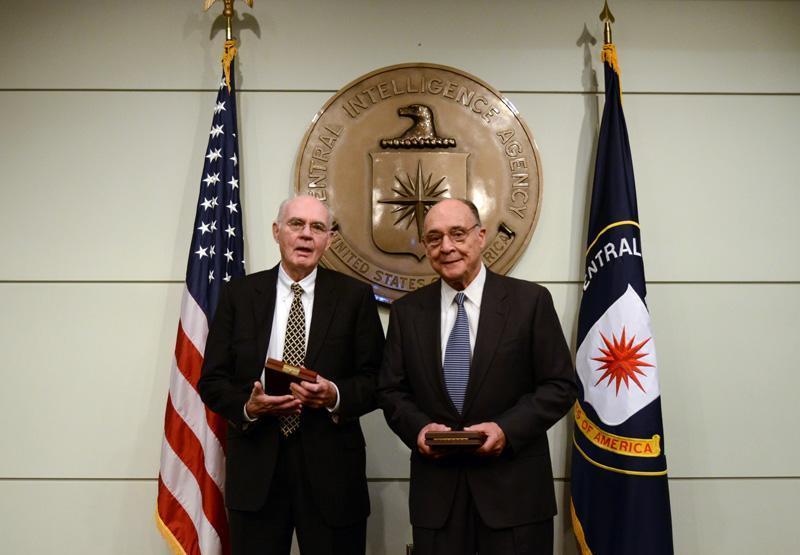
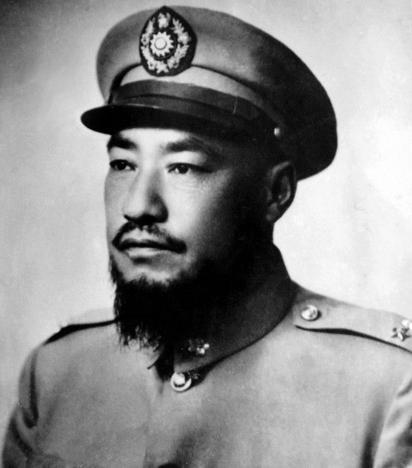
In northwest China, the CIA recruited clans from the Muslim Hui minority commanded by tribal leader Mu Pu-Fang who had ties to the Guomindang.
CIA agent Douglas Mackiernan worked out of the Urumqi consulate under State Department cover in an attempt to activate Muslims in the Xinjiang province to “continue the civil war against the Chinese communists.”
Filling his jeep with weapons and gold bars, Mackiernan—the first CIA agent killed in action—relocated to Tibet, where the CIA launched a covert operation to train Tibetan separatist guerrillas, some of whom were transported to a military base in the mountains of Colorado whose high altitudes simulated those of their homeland.

Not quite the pacifists as they were portrayed in the Western media, the CIA’s Tibetan guerrillas sabotaged infrastructure, mined roads, cut communication lines and ambushed the PLA.

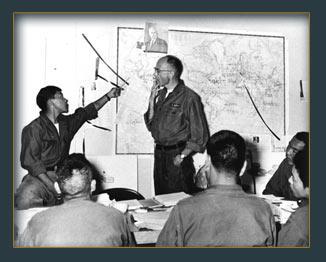
The establishment of the PRC ironically had freed Tibetans from feudal conditions under the ruling lamas. It also emancipated women and oversaw a surge in literacy rates and life expectancy, building many hospitals and schools.
The 14th Dalai Lama wrote years later that Western support for Tibetan separatism came “not because they cared about Tibetan independence, but as part of their worldwide efforts to destabilize all communist governments.” He also said that cooperation with the CIA “only resulted in more suffering for the people of Tibet.”
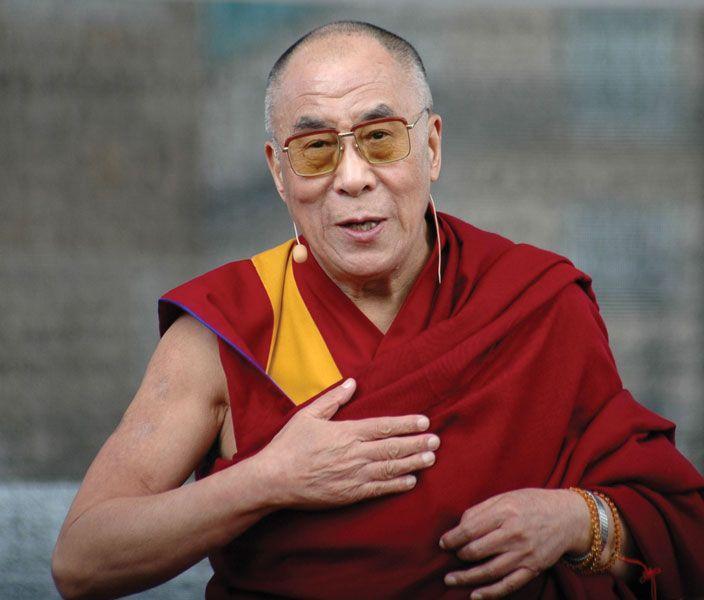
A Brutal History—That Explains a Lot About Today
The history of U.S. destabilization efforts in China, including through attempts to manipulate disaffected minorities and fortify a strategic base in Taiwan—which the Chinese consider to be part of the Chinese nation—helps explain many of China’s policies today along with those of Japanese leaders during the 1930s.
During the Korean War (1950-1953), General Douglas MacArthur advocated for a nuclear attack on China, which intervened to save the autonomy of the Democratic People’s Republic of Korea (DPRK).
The Truman administration had justified its aggression in Korea by claiming that the DPRK—under the leadership of Kim Il Sung, the son of a prominent nationalist who led anti-Japanese guerrillas in Manchuria—was a puppet of the Soviets and Chinese, which was a myth.
Between 1946 and 1949, Kim’s administration earned significant domestic support by increasing industrial output by 340% and state industry by 420%, with salaries of North Korean factory and office workers increasing 83% in that time.
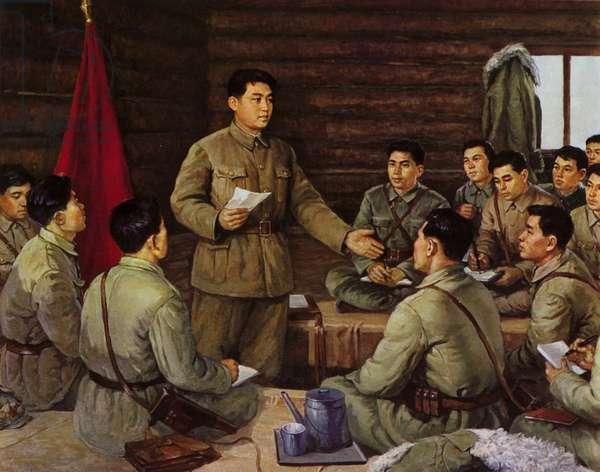
After World War II, the Truman administration tried to impose a client government in South Korea under conservative Syngman Rhee, who presided over what Time magazine called “an economic wasteland” and massacred tens of thousands of his own people before the Korean War officially broke out.
Characterized by General Archer Lerch as “a man U.S. forces might have to lock up in jail,” Rhee had been flown into South Korea, after more than 25 years living in exile, on an Office of Strategic Services (OSS) plane by General Douglas MacArthur.
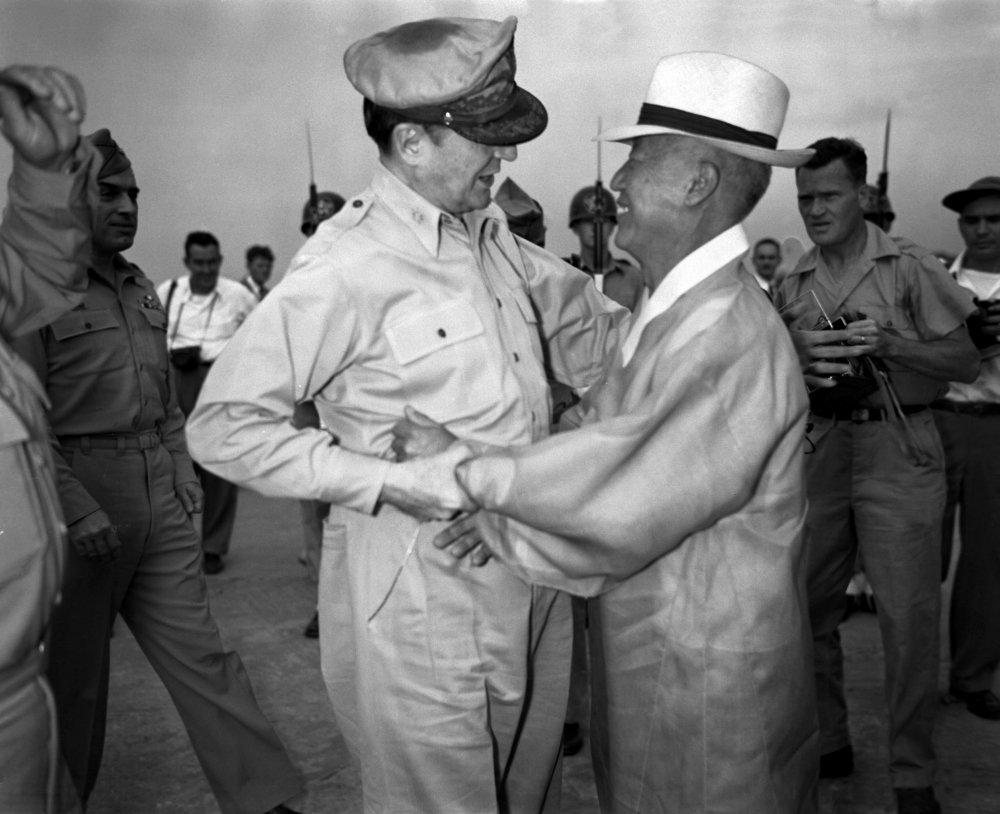
In the early morning hours of June 25, 1950, South Korea’s Office of Public Information reported a South Korean military attack on the border city of Haeju, which North Korea confirmed but South Korea later retracted.
A detailed study by historian Karunakar Gupta of the University of London found that South Korean government claims that their attack on Haeju had occurred much later were effectively impossible and that a South Korean attack likely did occur to precipitate the war.
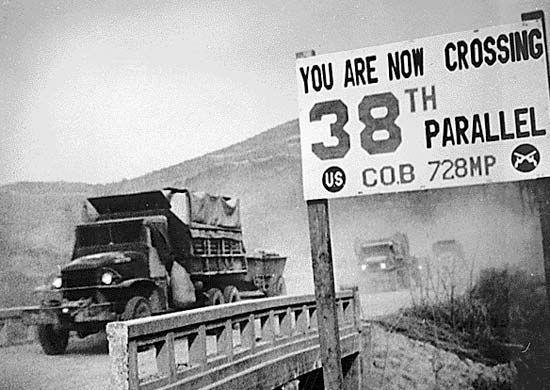
After the U.S.-UN forces retook the offensive into North Korea following General MacArthur’s famous behind-enemy-lines landing at Inchon, many parts of North Korea were left a moonscape by ferocious U.S. bombing attacks.
General Matthew Ridgway said it was “destruction for destruction’s sake,” while Dean Rusk, the Assistant Secretary of State for Far Eastern Affairs in 1950-1951, said that U.S. bombers would “attack everything that moved in North Korea, every brick standing on top of another.”[6]

U.S. troops in Korea generally behaved as they did in Japan: strafing refugees, massacring civilians, and committing large-scale rape. They also emulated Japanese practice in China by unleashing disease-infected insects over North Korea and China, while U.S. doctors performed sadistic medical experiments on captured North Korean and Chinese POWs.[7]
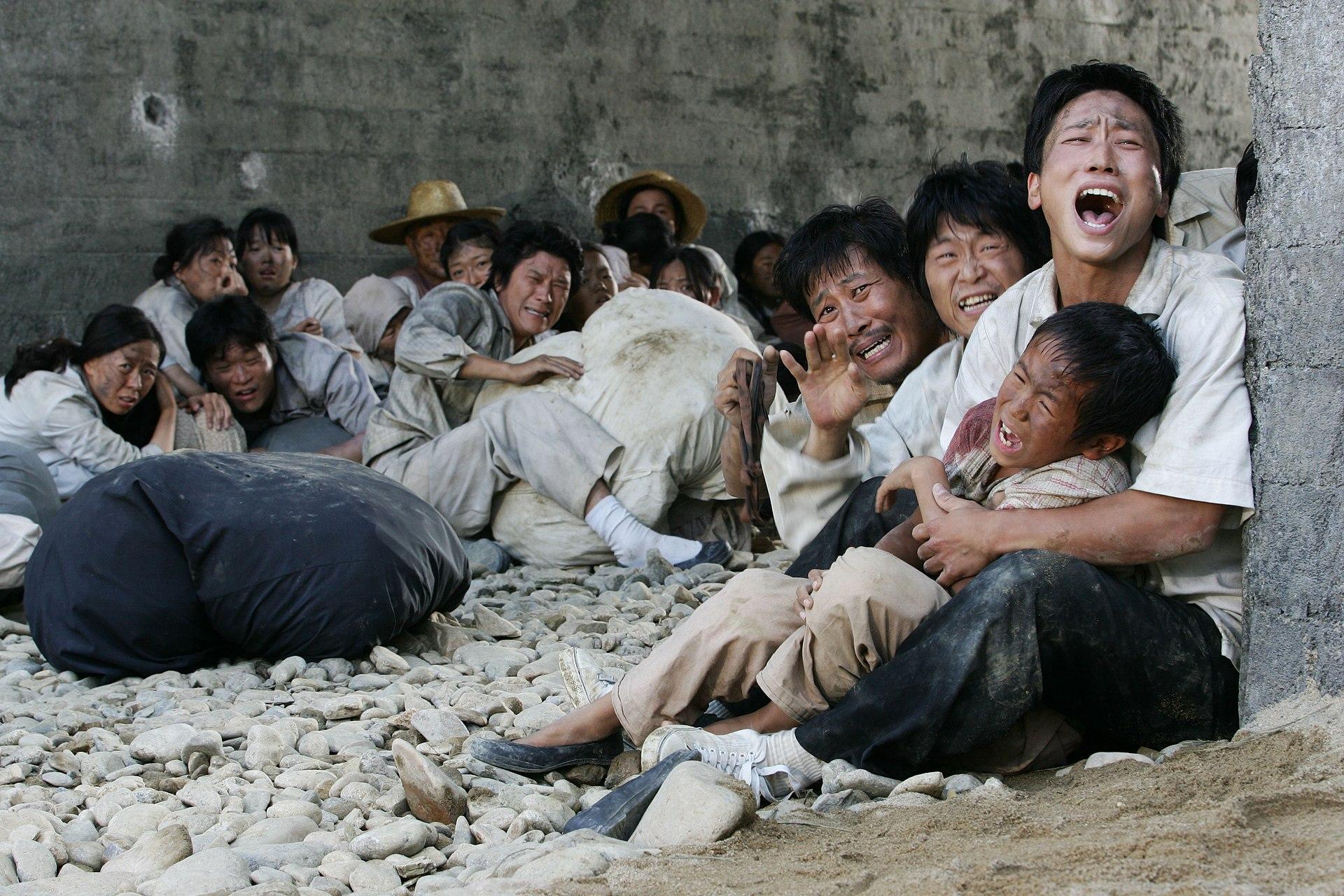
“Hundreds of My Lais”
The barbarous U.S. troop behavior during the Korean War, Abrams notes, set the groundwork for the Vietnam War where atrocities like My Lai—where U.S. troops shot up a village of 500 people—helped to ignite large-scale anti-war opposition.
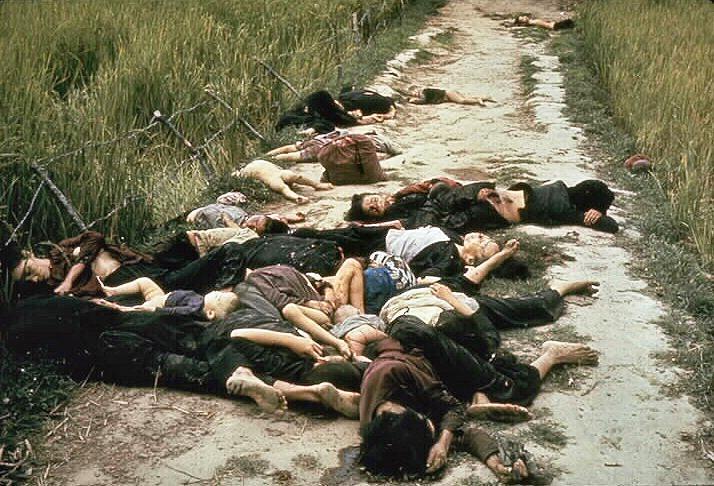
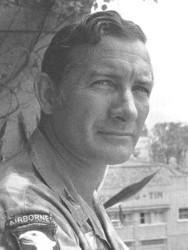
Colonel David Hackworth, a Distinguished Service Cross recipient, noted that “Vietnam was an atrocity from the get-go…There were hundreds of My Lais. You got your card punched by the numbers of bodies you counted.”
Under the “mere gook rule,” it was “no crime to kill or torture or rob or maim a Vietnamese because he was a mere gook.”
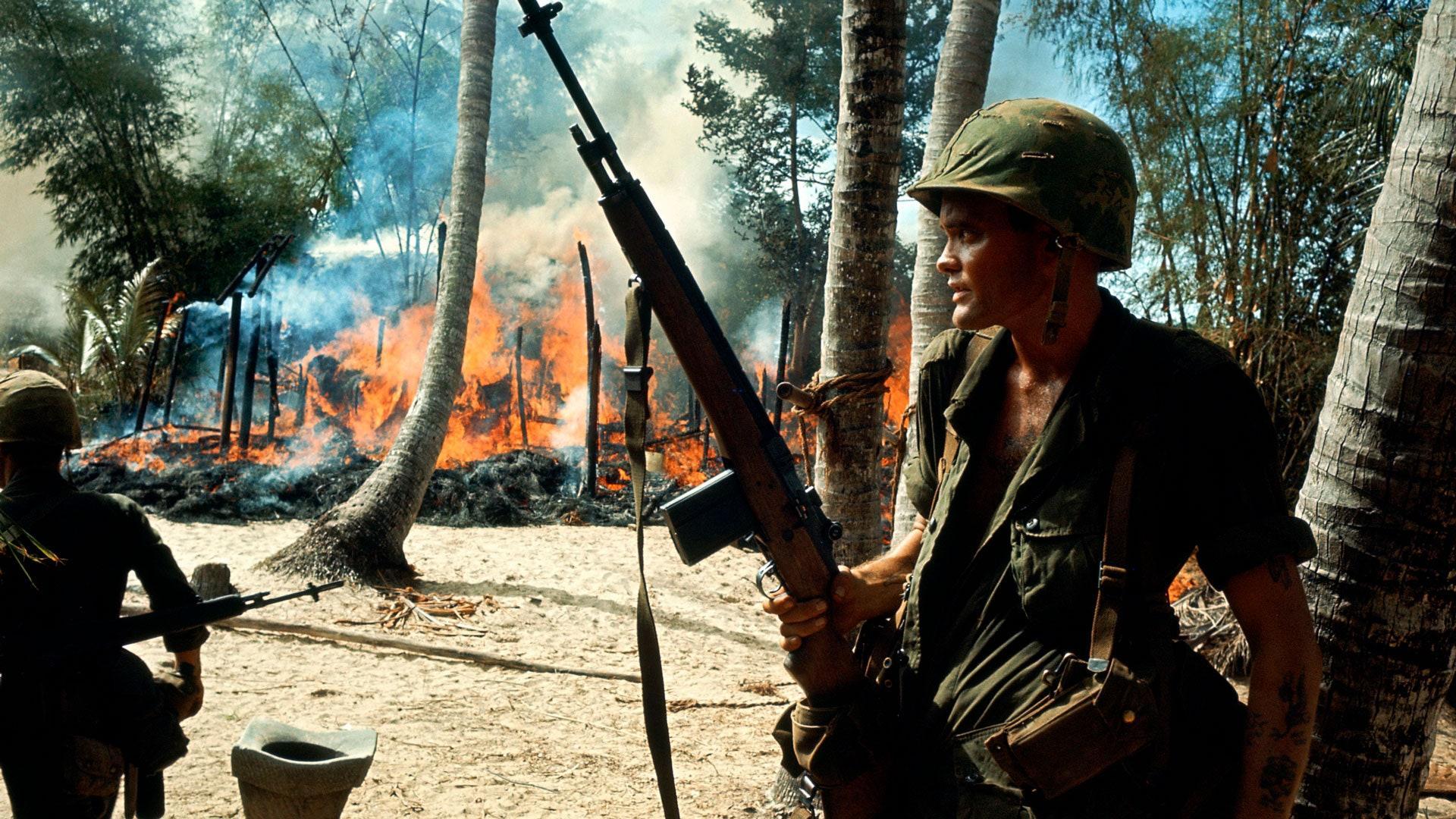
Vietnamese girls were tortured with lit cigarettes and electricity and had their bodies mutilated after they were raped and killed. Infantryman Michael Farrell recalled: “Our platoon sergeant told us ‘if there’s a woman in a hootch, lift up her dress, you know, and tell by her sex; if it’s a man, kill him; and if it’s a female, rape her.’” The sergeant was a veteran of two previous wars, and may well have learned such practices in Korea, Okinawa or elsewhere
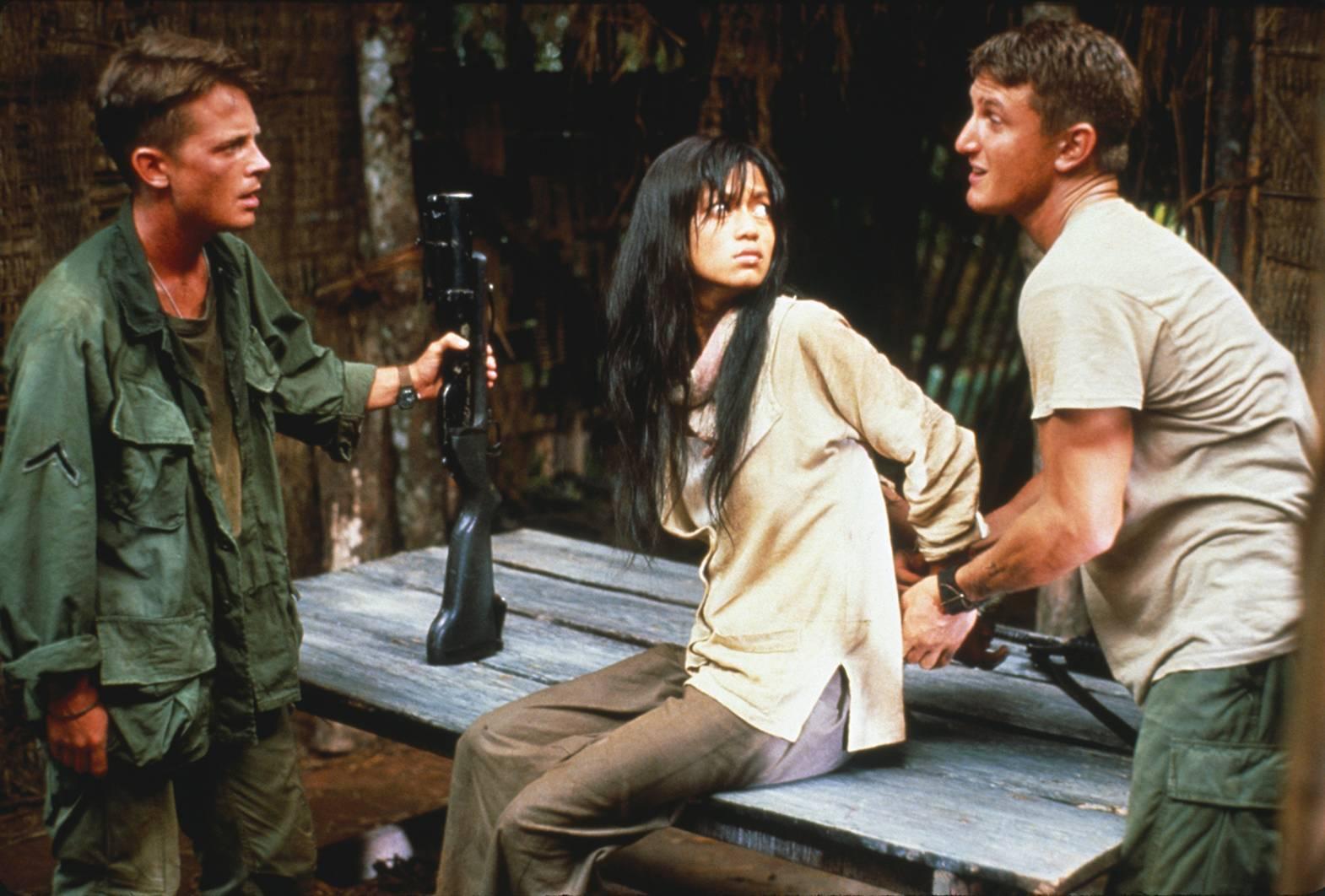
After the My Lai massacre was uncovered, a U.S. general named Willoughby characteristically asked: “What is all the fuss. In Korea we had My Lais all the time.”
Imperial Objectives
A key factor driving the atrocity-producing environment in Vietnam was the imperial context of the war, which most mainstream histories obscure.
The U.S. war objectives, Abrams explains, were to transform South Vietnam into a U.S. client state along the model of South Korea, Philippines and Indonesia, and a base for regional military operations, and to integrate South Vietnam’s economy with the regional power bloc led by Japan.
After bankrolling the French war effort, the Eisenhower administration artificially divided Vietnam at the 17th parallel, and blocked elections to reunify the country under nationalist Ho Chi Minh—who had led the liberation war against France and quoted from the U.S. Declaration of Independence in his September 1945 independence speech.
The Eisenhower administration also supported a client government in South Vietnam, led by Ngo Dinh Diem who had lived in exile during the 1st Indochina War, that favored Catholics over the majority Buddhists and tortured or killed all its political opponents.
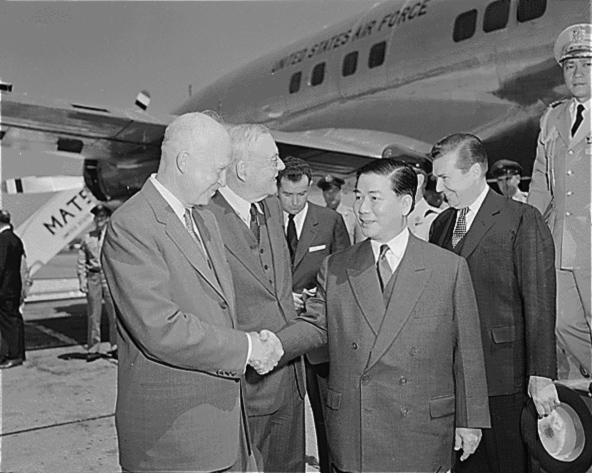
When Diem lost his political utility, the Kennedy administration sponsored a coup against him that resulted in his death. The Johnson administration then fabricated the Gulf of Tonkin incident that made it appear that a U.S. naval vessel suffered an unprovoked attack by North Vietnam in the South China Sea as a pretext for the major U.S. troop escalation.
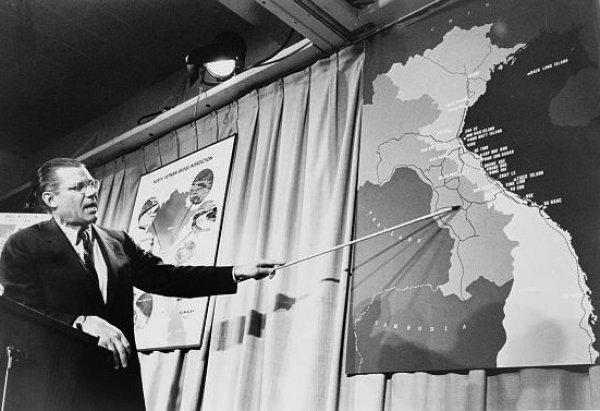
Neocolonialism in the Philippines
The horrors of U.S. imperialism are well known by Filipinos who suffered first from the U.S. military invasion at the turn of the 20th century and from repeated U.S. counterinsurgency operations that helped to install a pro-American elite. Now, the U.S. is planning to build new military facilities in the Philippines in its effort to contain China and restore old bases.

After the Philippines gained its independence from Spain in 1898, the U.S. invaded the Philippines in order to establish a foothold in Southeast Asia and proceeded to kill more than 200,000 civilians. Historian George Taylor wrote that “demands were made of the Philippines [at the time] for the commercial advantage of the U.S. but none for the social and political advantage of the Philippines.”
Heavy social inequality after World War II led to the rise of the Hukbalahap, an agrarian reform movement that the CIA was sent to help suppress. CIA agent Edward Lansdale adopted brutal methods such as the vampire trick where dead Huks would be placed on poles in town squares and made to look like a vampire haunting the population if they continued to resist.[8]
Lansdale wrote the speeches for U.S. puppet Ramon Magsaysay (1953-1957), who, with his successor Ferdinand Marcos (1965-1986), helped transform the Philippines into a staging ground for U.S. covert military operations across Southeast Asia during the Cold War. Which is what the Biden administration wants to turn it into again in the New Cold War under Marcos’ son, Bongbong, who was elected Filipino president last year.
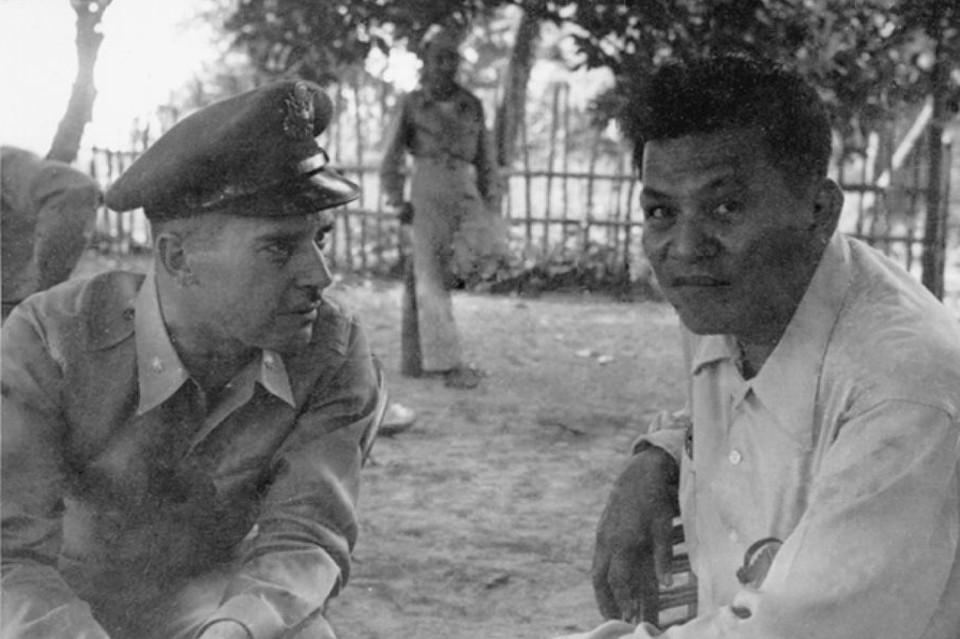
The CIA and Genocide in Indonesia
Indonesia came into the CIA’s focus after the Korean War when the Agency realized that Indonesia had 20 billion barrels of untapped oil, a leader who spurned the U.S. (Sukarno, who headed the non-aligned movement), and a rising communist movement.
By the mid 1950s, the CIA had an active regime-change operation in place. Abrams recounts how the Agency provided $1 million to the Islamist Masyumi Party, which opposed Sukarno, and sought to manufacture a pornographic film superimposing Sukarno’s face onto that of one of the actors.
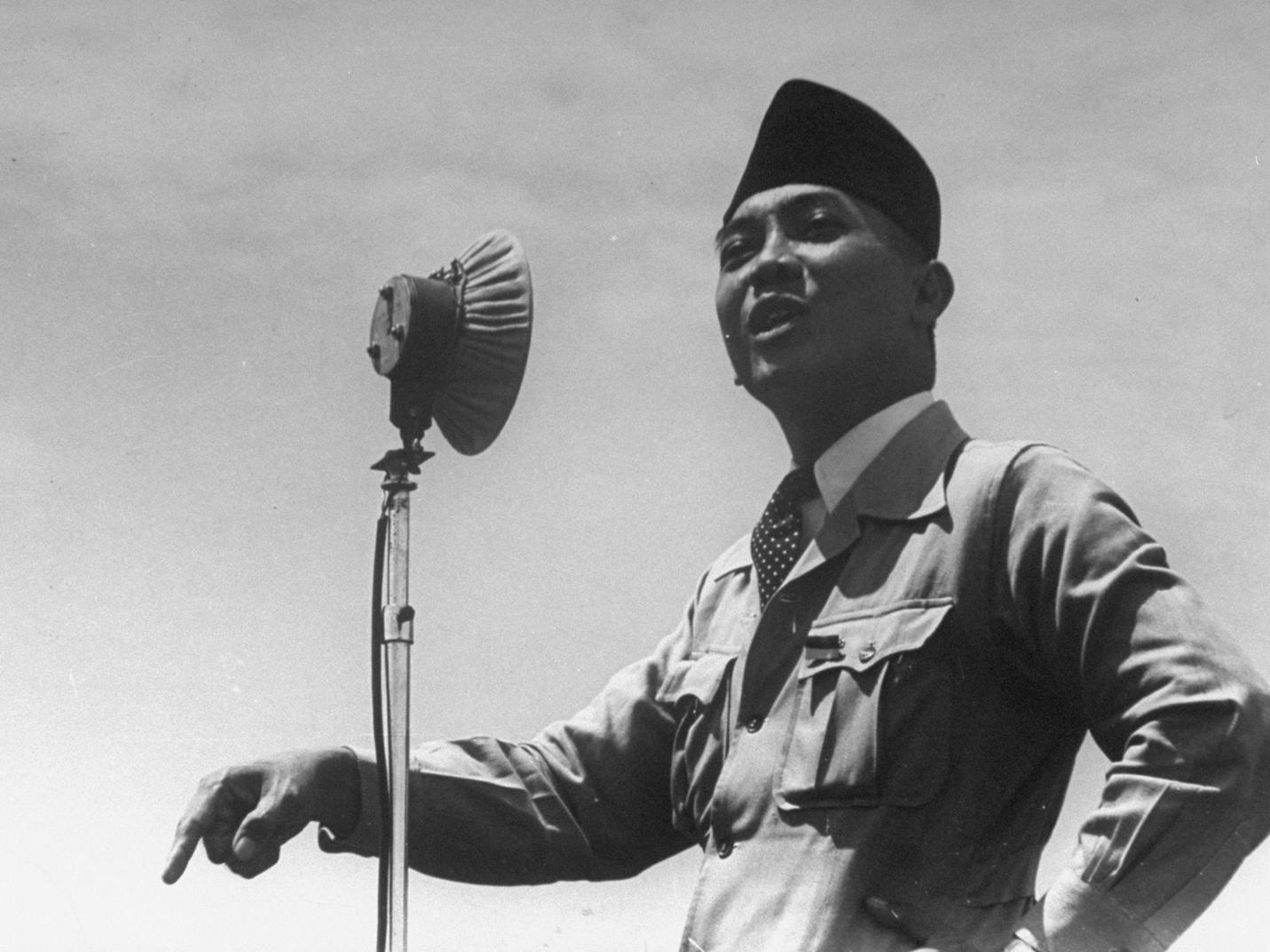
Sukarno claimed in 1958 that a CIA bombing attack killed more than 700 civilians after it struck a ship and a church, killing everyone onboard and inside—a claim that was supported by American sources.
In May 1959, the CIA’s air units bombed the Amban marketplace, killing dozens of civilians on their way to church on Ascension Thursday, a Christian holy day.
CIA pilot Allen Pope who was captured and imprisoned by the Sukarno regime, said years later that he had “enjoyed killing communists” and “liked to kill them any way he could get them.” In Pope’s assessment, Indonesia was a great success of U.S. foreign policy as “we knocked the shit out of them. We killed thousands of communists.”
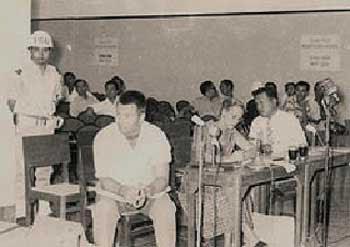
On the night of September 30, 1965, General Suharto—who stole between $15 and $35 billion from the Indonesia treasury during his long rule lasting until 1998—used the pretext of a communist coup to seize power and try to wipe out the Indonesian Communist Party (PKI).
Islamic groups participated in mass killings after their religious leaders spread word about the evils of the atheistic communist menace.

For years, the CIA and U.S. government had cultivated assets in the Indonesian military and police and had helped plan the coup by provoking tensions between the military and PKI. The CIA also supplied lists of dissidents who were targeted in the pogroms, which left between 500,000 and three million people dead.
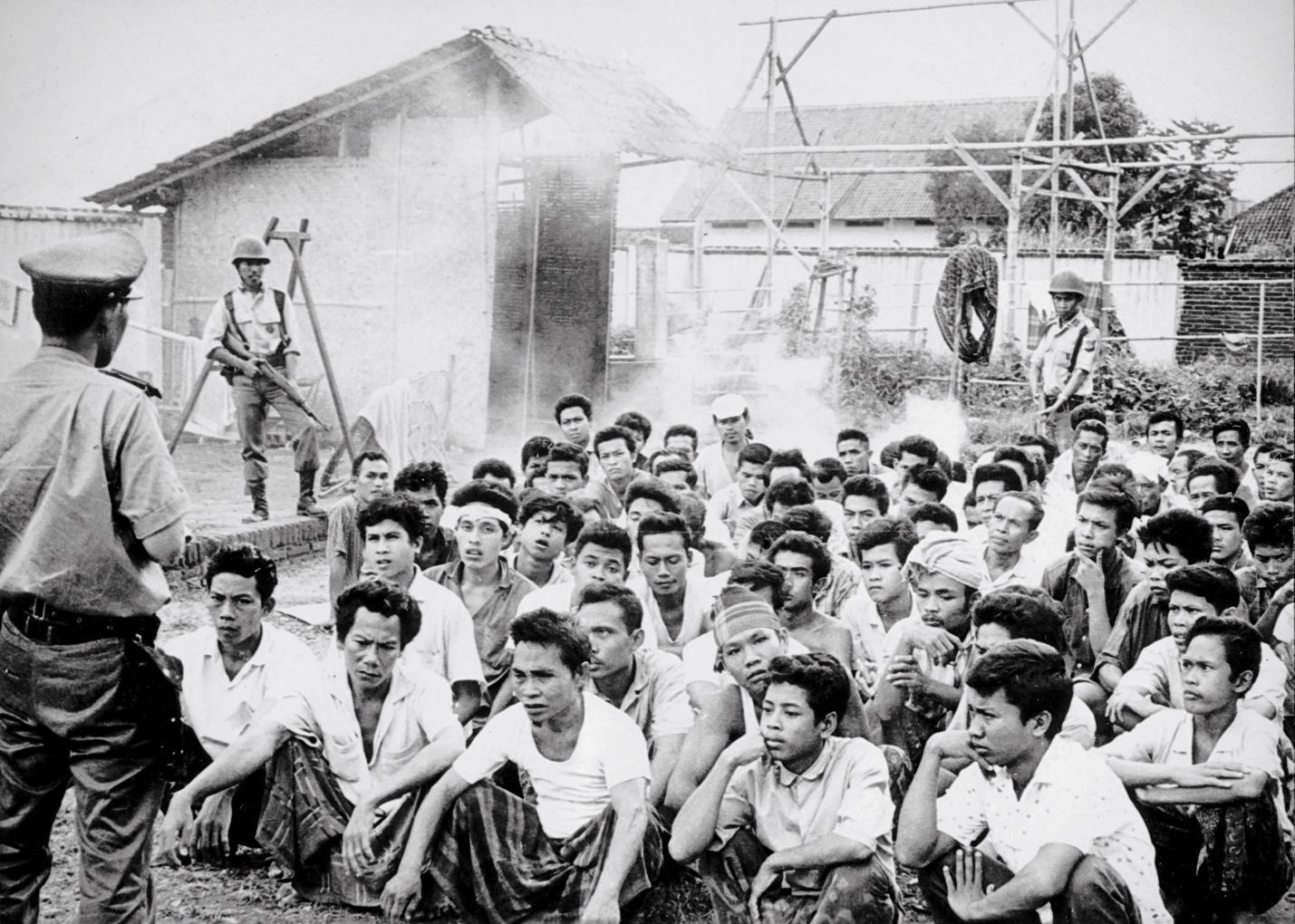
Mary Vance Trent, the First Secretary at the U.S. Embassy in Jakarta, was characteristic in reporting to Washington that the elimination of the PKI and mass killing of civilians was a “fantastic switch which has occurred over ten short weeks.” She also wrote, in a December 1965 cable, about the “striking success” of the army’s campaign.

Suharto’s government opened Indonesia to foreign corporations and, during the Vietnam War, provided radars to the CIA that helped develop electronic warfare counter-measures against Soviet S-75 air defense systems adopted by the North Vietnamese, which helped facilitate mass bombings and napalm saturation of North Vietnamese cities.
CIA agent Ralph McGehee reported that the CIA had forged documents and falsified information to implicate the PKI in the phony coup plot that was used by Suharto and the Indonesian military as a pretext to seize power. McGehee also said that the Indonesia coup became a model for subsequent covert operations carried out by the CIA in Southeast Asia that also had a deadly societal impact.
Pivot to Asia and Looming Prospects of War
Abrams’ final chapter provides critical insights on the pivot to Asia policy, or large-scale regional military build-up, that was introduced symbolically in November 2011 by then-Secretary of State Hillary Clinton on a U.S. naval destroyer in Manila Bay, the location for America’s original pivot to Asia in the 1898 Spanish-American Philippines war.[9]
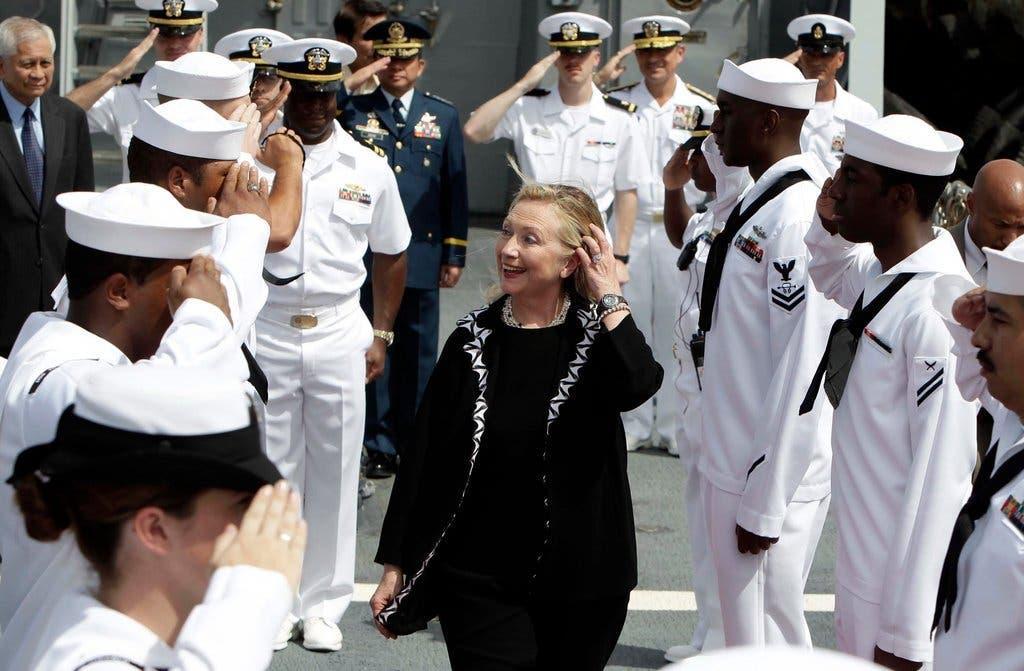
All of a sudden at this time, the Obama administration and its successors promoted their concern about China’s alleged seizure of territorial islands in the South China Sea to which China in fact had long-standing historical claims going back to the Han dynasty 1,800 years ago.
China’s alleged seizure of these islands along with alleged human rights abuses toward the Uyghur Muslims in Xinjiang provided the pretext for greater U.S. military intervention along with China’s alleged crackdown on “pro-democracy” activists in Hong Kong and threatened aggression in Taiwan.
Since 2014, the U.S. has staged provocative military maneuvers preparing for war with China, while initiating an attempted economic blockade of the Strait of Malacca and ramping up economic warfare.
These measures are eerily similar to ones initiated by the Roosevelt administration in the 1930s that provoked the Japanese attack on Pearl Harbor and world war in the Pacific.
The difference today is that U.S. economic warfare measures are largely counterproductive because of the dependence of the U.S. economy on China’s.
China has also eclipsed the U.S. in its military-technological capabilities and effectively cultivated regional allies through a soft-power approach under the BRI, while working toward interlinking regional economies in an anti-imperialist coalition that looks to be far more durable than that forged by Japan coercively in the 1930s.

-
Abrams is the pseudonym for a former U.S. intelligence officer with deep experience in Southeast Asia who is a prolific writer on geopolitics and an astute political analyst. ↑
-
Wayne S. Cole, Charles A. Lindbergh and the Battle Against American Intervention in World War II (New York: Harcourt Brace Jovanovich, 1974), 238. ↑
-
President Franklin Roosevelt said of one skull sent to the White House: “This is the sort of gift I like to get…There will be plenty more such gifts.” ↑
-
Nobusuke Kishi, Japan’s Prime Minister from 1957 to 1960, had served in the war-time cabinet of Hideki Tojo. ↑
-
The covert war against China continued until about 1961, at which time most of the CIA advisers went to Laos where they organized opium-growing hill-tribes into a private army that fought the pro-communist Pathet Lao. ↑
-
As much as 30% of the North Korean population was killed in the U.S. onslaught. A U.S. Marine wrote of these deaths in the following terms: “They’re just a bunch of gooks, who cares about the feelings of people like that.” ↑
-
See Wilfred Burchett, This Monstrous War (Melbourne: Joseph Waters, 1953), https://www.revolutionarydemocracy.org/archive/KoreanWar.pdf ↑
-
Lansdale’s Filipinos tellingly were described as the type who would “slit their grandmother’s throat for a dollar eighty five.” They played a key role characteristically in the Phoenix program, a targeted assassination program during the Vietnam War that was used as a blackmail scheme by the South Vietnamese government. ↑
-
See Jeremy Kuzmarov, Obama’s Unending Wars: Fronting the Foreign Policy of the Permanent Warfare State (Atlanta: Clarity Press, 2009), 193. ↑
CovertAction Magazine is made possible by subscriptions, orders and donations from readers like you.
Blow the Whistle on U.S. Imperialism
Click the whistle and donate
When you donate to CovertAction Magazine, you are supporting investigative journalism. Your contributions go directly to supporting the development, production, editing, and dissemination of the Magazine.
CovertAction Magazine does not receive corporate or government sponsorship. Yet, we hold a steadfast commitment to providing compensation for writers, editorial and technical support. Your support helps facilitate this compensation as well as increase the caliber of this work.
Please make a donation by clicking on the donate logo above and enter the amount and your credit or debit card information.
CovertAction Institute, Inc. (CAI) is a 501(c)(3) non-profit organization and your gift is tax-deductible for federal income purposes. CAI’s tax-exempt ID number is 87-2461683.
We sincerely thank you for your support.
Disclaimer: The contents of this article are the sole responsibility of the author(s). CovertAction Institute, Inc. (CAI), including its Board of Directors (BD), Editorial Board (EB), Advisory Board (AB), staff, volunteers and its projects (including CovertAction Magazine) are not responsible for any inaccurate or incorrect statement in this article. This article also does not necessarily represent the views the BD, the EB, the AB, staff, volunteers, or any members of its projects.
Differing viewpoints: CAM publishes articles with differing viewpoints in an effort to nurture vibrant debate and thoughtful critical analysis. Feel free to comment on the articles in the comment section and/or send your letters to the Editors, which we will publish in the Letters column.
Copyrighted Material: This web site may contain copyrighted material the use of which has not always been specifically authorized by the copyright owner. As a not-for-profit charitable organization incorporated in the State of New York, we are making such material available in an effort to advance the understanding of humanity’s problems and hopefully to help find solutions for those problems. We believe this constitutes a ‘fair use’ of any such copyrighted material as provided for in section 107 of the US Copyright Law. You can read more about ‘fair use’ and US Copyright Law at the Legal Information Institute of Cornell Law School.
Republishing: CovertAction Magazine (CAM) grants permission to cross-post CAM articles on not-for-profit community internet sites as long as the source is acknowledged together with a hyperlink to the original CovertAction Magazine article. Also, kindly let us know at info@CovertActionMagazine.com. For publication of CAM articles in print or other forms including commercial internet sites, contact: info@CovertActionMagazine.com.
By using this site, you agree to these terms above.
About the Author

Jeremy Kuzmarov holds a Ph.D. in American history from Brandeis University and has taught at numerous colleges across the United States. He is regularly sought out as an expert on U.S. history and politics for radio and TV programs and co-hosts a radio show on New York Public Radio and on Progressive Radio News Network called “Uncontrolled Opposition.”
He is Managing Editor of CovertAction Magazine and is the author of six books on U.S. foreign policy, including Obama’s Unending Wars (Clarity Press, 2019), The Russians Are Coming, Again, with John Marciano (Monthly Review Press, 2018), Warmonger. How Clinton’s Malign Foreign Policy Launched the U.S. Trajectory From Bush II to Biden (Clarity Press, 2023); and with Dan Kovalik, Syria: Anatomy of Regime Change (Baraka Books, 2025).
Besides these books, Kuzmarov has published hundreds of articles and contributed to numerous edited volumes, including one in the prestigious Oxford History of Counterinsurgency .
He can be reached at jkuzmarov2@gmail.com and found on substack here.


How much did CCP pay you to write this article lmfao
Jeremy, good that you say “East Asian economic and POSSIBLY a security bloc”. You’re very diplomatic with your ‘possibly’, because you know very well there is no ‘possibility’, no chance of security, except the security that there will be trouble, violence, wars, more poverty, more hunger, more injustice, more refugees, more abuse of Human Rights. NOTHING ELSE can be produced by a militarized planet, a militarized economy. Governments are desperate trying to reproduce the Russia-Ukraine conflict in other parts of the globe. The only Imperialism that exists is “who will produce and sell more War Industry products?”
–
https://www.youtube.com/watch?v=maH4gy3tpiI
[…] Source: CovertAction Magazine […]